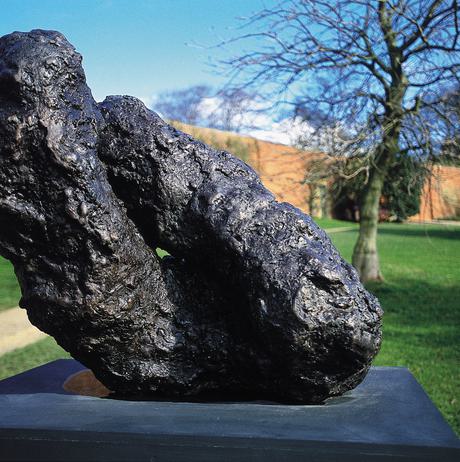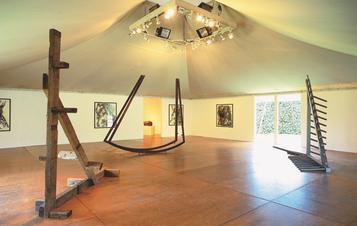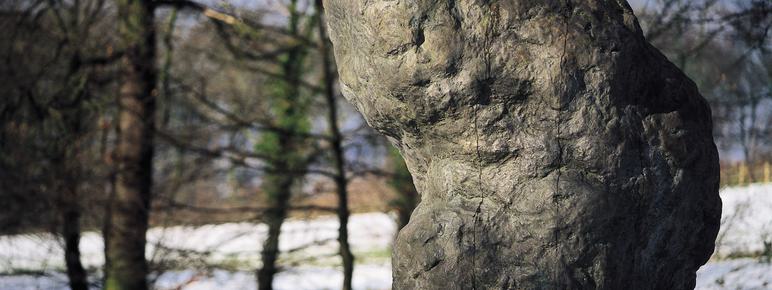
About William Tucker
In 2001, YSP presented the rare opportunity to see a comprehensive survey of work by influential British artist, William Tucker.
In the Pavilion, large-scale works from the 1970s onwards revealed Tucker’s early concern with the abstraction of form and materials. The Bothy Gallery introduced smaller bronzes, including maquettes and a series of horse heads, showing Tucker’s investigation into more traditional sculptural methods of modelling and casting in bronze. Forming a dramatic contrast in size, important large-scale bronzes from the 1980s and 1990s offered a unique chance to witness numerous recent works by Tucker in the landscape. The exhibition was characterised by juxtapositions of site, scale, materials and form, displaying Tucker’s changing concerns and influential developments.
Having studied sculpture with Phillip King and under Anthony Caro at St Martin’s School of Art, London, William Tucker (b1935) came to prominence during the 1960s as one of the New Generation sculptors. In 1974 he published his influential book, The Language of Sculpture and in 1975 he organised the important exhibition, The Condition of Sculpture at the Hayward Gallery.
You might also like
More- Art Outdoors
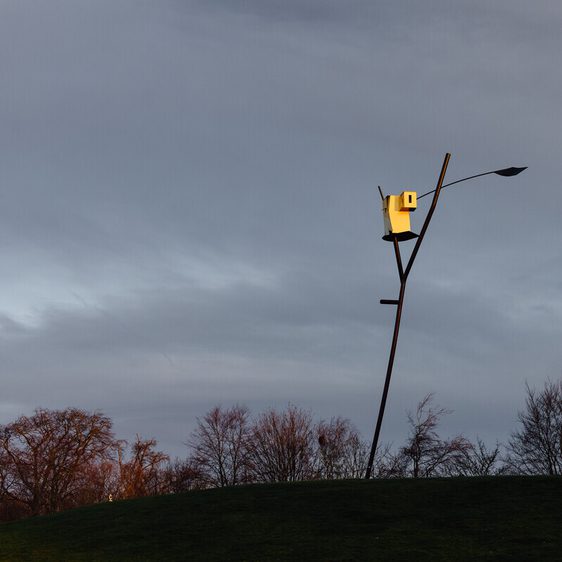
Auke de Vries: The Watchtower
First displayed at YSP in 2000, The Watchtower was made as a response to the artist's observations of trees, and speaks directly to this place. - Art Outdoors

Elisabeth Frink: Riace II, III and IV
The Riace figures are inspired by the 5th century BCE bronze sculptures that were rediscovered in the sea off the coast of the Riace region of Italy in 1972. - News
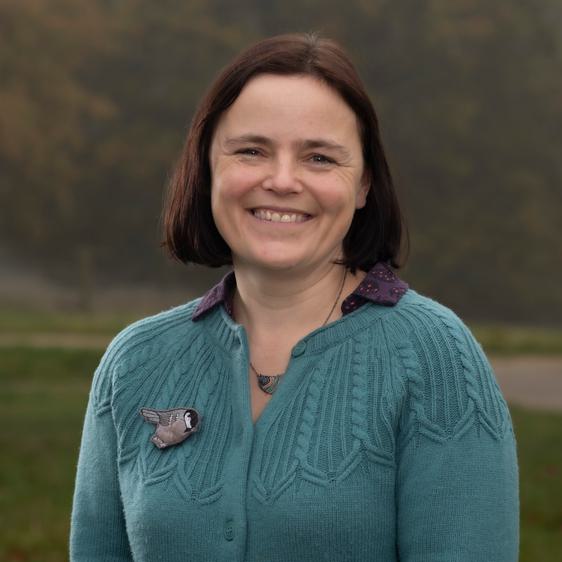
Staff Profile: Emma Spencer, Informal Learning Manager at YSP
10 July 2024 - Art Outdoors
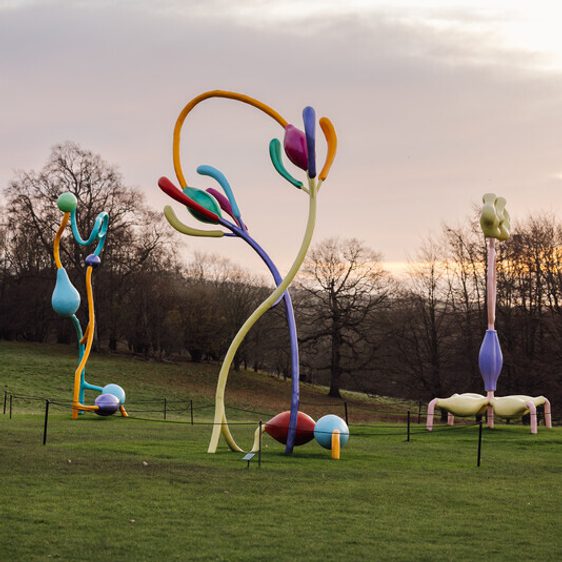
Vanessa da Silva: Muamba Posy
Muamba Posy was first exhibited on the moors of Penistone Hill in Haworth, West Yorkshire. Its large, organic forms and vivid colours are inspired by the Hill’s ever changing cycles of nature, where life has continuously adapted over time.
